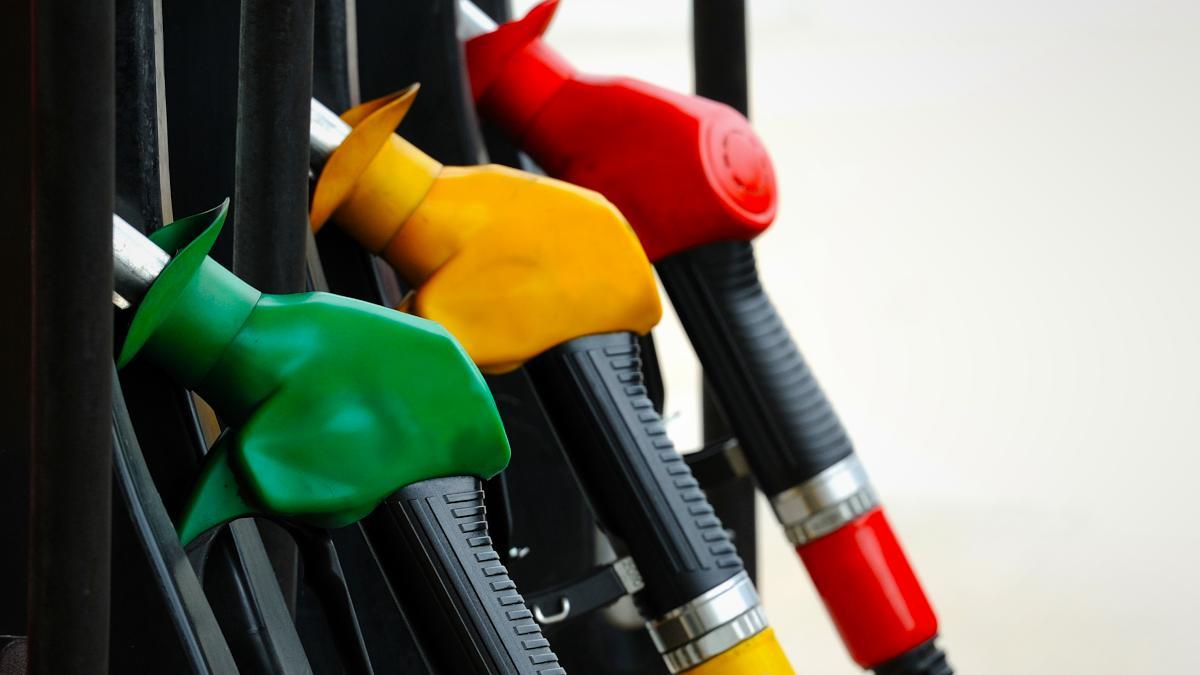Africa-Press – South-Africa. Fuel price recoveries are kicking off the new month on the front foot, putting motorists in good standing for the coming weeks, and sparking hope for petrol price cuts in November.
Early data from the Central Energy Fund (CEF) shows that both petrol and diesel prices are starting the new month with over-recoveries.
Petrol prices are showing a significant over-recovery of between 38 and 42 cents per litre, while diesel prices have a slimmer over-recovery of around 5 cents per litre.
While the start of the month is far too soon to make any definite calls for fuel price movements a month away, they do give a solid indication of direction.
Starting off with over-recoveries means that sustained market conditions are likely to lead to cuts in November.
If the rand weakens or oil prices rise significantly in the coming weeks, then the fortunes could reverse—but the month is starting off positively for drivers.
The opposite could also be true, and market conditions could continue to improve, leading to even bigger cuts.
This trend was evident in September, where the month began with negative recoveries in fuel prices. However, a stronger rand and range-bound oil prices led to an improvement week over week.
While petrol prices ended up with a small increase in October, this was due to wage increases for forecourt workers.
October also marks the start of a new quarter, where other price adjustments come into effect, complicating the typical two-factor analysis of rand strength and oil prices.
These are the projected price changes at the start of the month:
Petrol 93: decrease of 42 cents per litre
Petrol 95: decrease of 38 cents per litre
Diesel 0.05% (wholesale): decrease of 6 cents per litre
Diesel 0.005% (wholesale): decrease of 4 cents per litre
Illuminating paraffin: increase of 3 cents per litre
What to watch in October
Looking at the month ahead, the final outcome for motorists will hinge on the rand/dollar exchange rate and global oil markets.
Based on the recoveries, it’s apparent that late-month fluctations in the global oil price are being felt in October, with movement in product processes contributing to a sizeable under-recovery of around 27 cents per litre for petrol and 70 cents per litre for diesel.
Oil prices are down around 10% for the year, but have been fluctuating in a tight range. After trading around $66 a barrel for most of August and September, prices spiked at the end of the month to around $69 a barrel as the US threatened countries buying oil from Russia.
However, prices this week dropped below $65 a barrel—the biggest weekly decline since late June—ahead of an OPEC+ meeting that’s expected to result in the return of more idled barrels, exacerbating concerns around oversupply.
Analysts believe that September was a turning point for the market and that the world is now heading toward an oversupply, which should exert downward pressure on prices moving forward.
This should lead to a diminishing under-recovery in fuel prices, but seasonal dynamics may impact petrol and diesel product prices in different ways, especially with the northern hemisphere entering winter.
On the other hand, the rand has strengthened quite significantly against the US dollar, even flirting with a push towards the resistance level of R17.00/$.
The rand’s strength is mainly tied to the weakness of the US dollar, not exhibiting any inherent strength on its own.
This is evidenced by its lack of movement and general weakness against other major currencies.
However, as the trade in dollars is most pertinent to fuel prices, this is moot. The rand has gained against the dollar and has proven to be otherwise resilient in the face of many economic knocks this year.
Most recently, the rand gained against the dollar as US jobs data was revised downward, pointing to greater pressure on the US economy.
The dollar has been beaten down by the Trump administration’s global tariff war. The weaker jobs data is pointing towards more rate cuts in the world’s largest economy, adding to the dollar pressure.
Looking ahead, the rand is still considered undervalued by global standards and is expected to trade around R14.50 in conservative estimates.
This means that about R3.00 or so it tied into South Africa’s risk premium, which, if unaddressed, could see the rand weaken over time.
These risks include lowered economic output, rising unemployment, and reduced growth forecasts. In the more immediate term, any news that would point to the easing of these pressures would be great for the rand.
For example, if the South African government manages to secure a trade deal with the United States or accelerate reforms that would boost employment opportunities, this premium could shrink.
For More News And Analysis About South-Africa Follow Africa-Press






